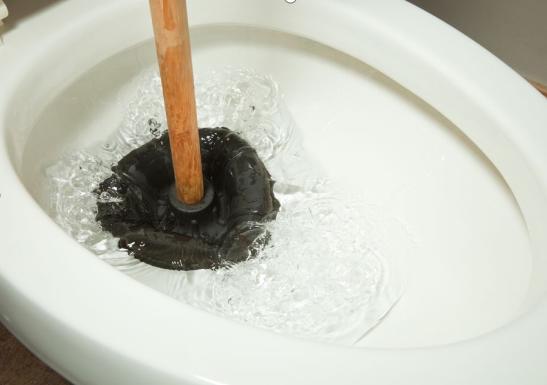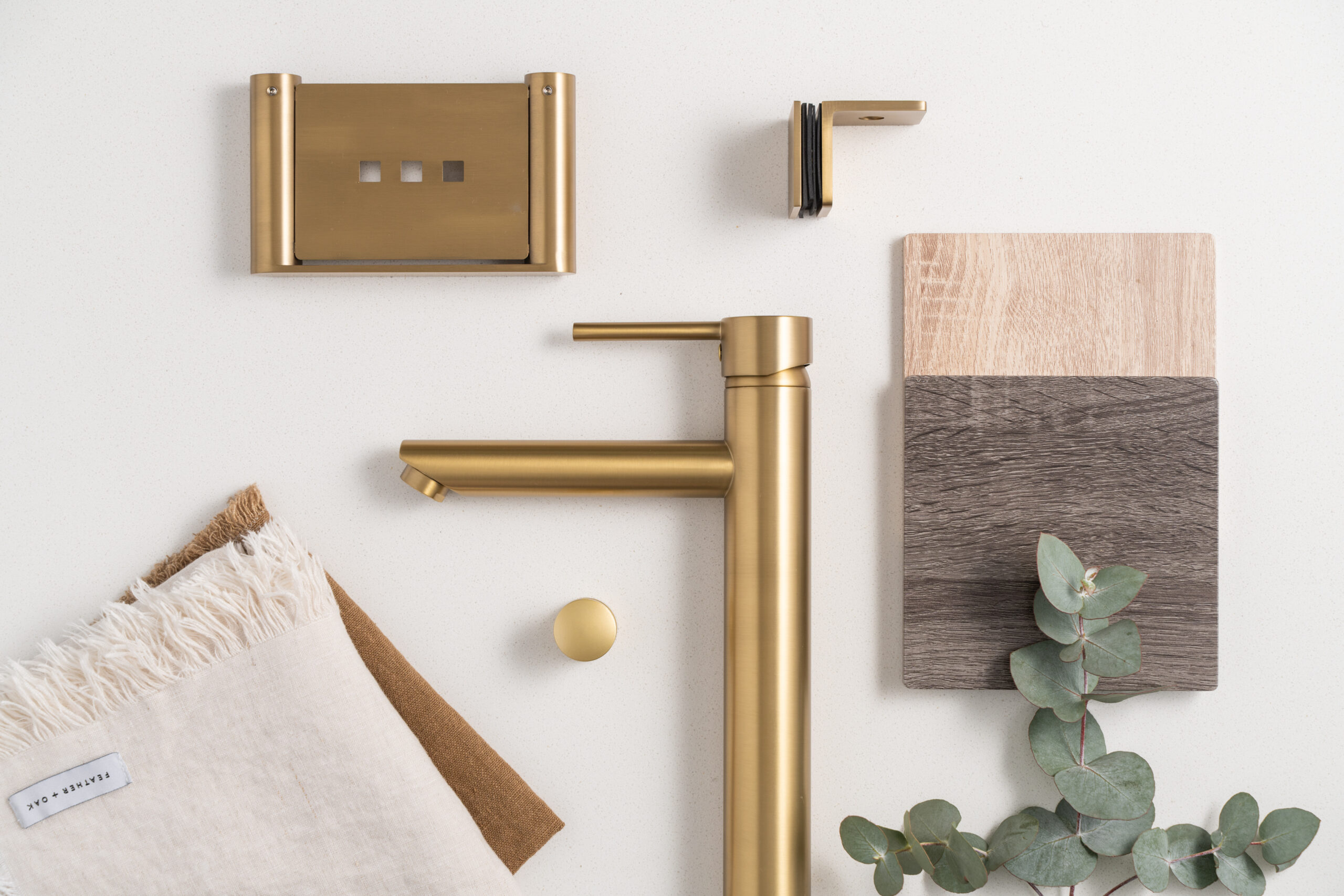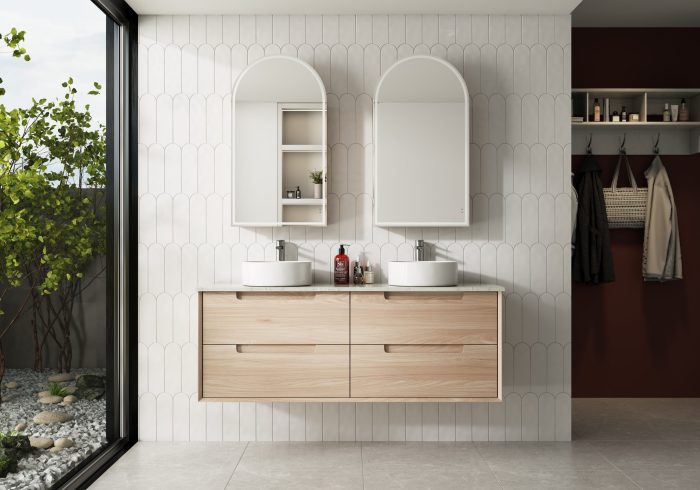There are times when you’ve blocked the toilet and need a quick introduction to how to use a toilet plunger. Lucky you, unblocking the toilet with a plunger is one of the easiest problems to solve in a household. Almost every home owns at least one plunger, which is crucial to have on hand as it’s the fastest way to unclog a toilet.
Despite that fact, have you ever wondered if you’re actually using it properly? To ensure that you are as knowledgeable and prepared to clear the toilet drain as soon as possible, we’ll help you in learning how to unclog a toilet with a plunger and break down all you need to know about plunging a toilet in this article.
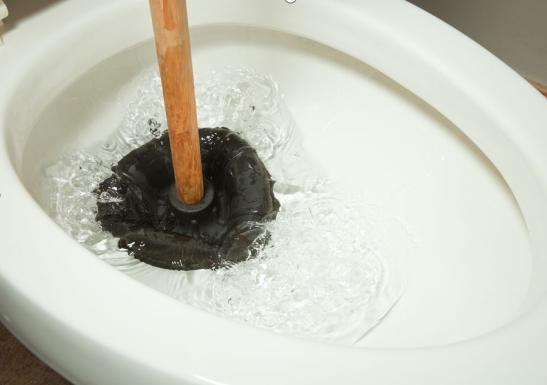
What Is a Plunger?
Before getting into the specifics of how to plunge a toilet for a blocked toilet fix, it’s crucial to understand the fundamentals. What are you actually using? A plunger is a plumbing tool that has a rubber suction cup (like a half-cut rubber ball) and a wooden, plastic, or metal handle. It is unknown who actually invented the plunger. According to many, the plunger was initially employed in the late 1700s or early 1800s.
Despite having a rather straightforward design, it is a strong tool for clearing clogged toilets, clogged drains around the house, and blocked kitchen sinks. A plunger can unclog pipes and improve their performance when used correctly.
How Does a Plunger Work
In essence, a plunger creates a vacuum that, when combined with pressure, draws the obstruction-causing material to itself.
When the handle is thrust, the rubber cup creates a vacuum seal over the drain or toilet hole, allowing the pressure of the water to go up and down to clear the blockage and allow the water to flow once again. The excess material or debris obstructing the drain can also be broken up or made loose with the use of a plunger.
Make Sure You Have the Right Plunger
Be sure to understand the types of plungers in the market before choosing one to take home, a right plunger will answer the question of how to unclog a toilet fast.
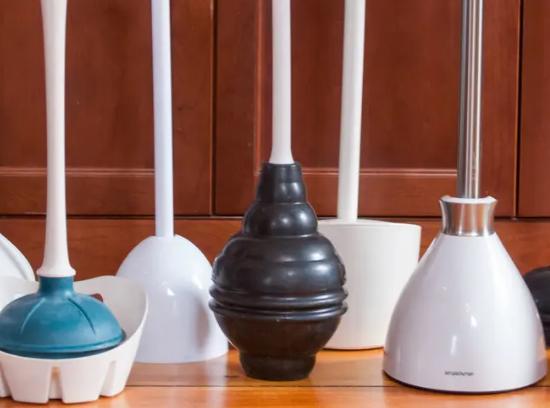
1.Flat Plunger – The Standard Sink Plunger
You may be familiar with this plunger as it’s the most common type. Plungers for sinks have a straight handle made of plastic or wood that ends in a rubber cup. In addition to being used to unclog kitchen and bathroom sinks, flat plungers are frequently used in bathtubs.
2. Toilet Plunger – The Flange Plunger
Toilet plungers have a similar design to sink plungers in that they have a rubber cup as well as a soft rubber flap that extends from the inside of the cup. To provide the needed suction to clear toilet blockage, the flap is made to fit snugly around the toilet drain.
3. Accordion Plunger
The cup has an accordion design and is constructed of hard plastic as opposed to the customary flexible rubber cup. When the ridges of this plunger are compressed against the drain, air will blast out from the cup and push against the blockage.
Steps of Using a Plunger to Clear a Blocked Toilet
If your toilet appears about to overflow, follow this instruction on how to use a flange plunger to clear the toilet drain:
- Stop the water supply and use a disposable cup to scoop out some of the water, but leave enough for the cup of your plunger to be entirely covered. The plunger will be more effective if there is a proper amount of water.
- Then, expose the plunger’s flange and make sure that water is present in the cup. To create the suction, put the flange into the bowl’s drain opening.
- For about 20 seconds, provide even pressure while pushing and pulling vertically.
- Now, check the clog after removing the plunger. The plunger was effective if the water subsided. Remove any non-flushable items that have become loose. If not, you can flush the toilet.
- Finally, you can clean, then put the plunger away. The plunger can be cleaned with clean toilet water once the toilet is clear and functioning properly.
What to Do if Plungers Don’t Work
In cases where plungers don’t work, how to clear toilet blockage? You might buy special drain cleaners or prepare your own cleaners to clear toilet drains:
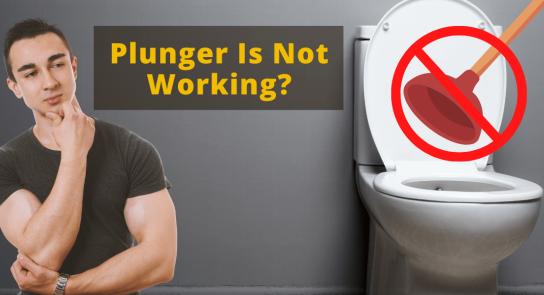
- Drain Cleaners
There are different kinds of chemical drain cleaners on the market. Find and mix them with water, then pour them into the toilet. The blockage should be dissolved after a while, but remember to handle them with caution.
- Dish soap
Straight into the toilet bowl, add half a cup of dish soap, and flush. Here, lubricating the pipes is intended to attempt to remove the impediment.
- Boiling Water
Pour hot water into the toilet bowl to help clear any obstruction. The water’s heat and pressure should help.
- Wire Hook
Unbending a wire coat hanger makes a temporary hook that can extend farther down the S bend. To remove the obstruction, either pull it free with the wire hanger or push it along the pipe.
Conclusion
In short, it’s actually quite simple to learn how to use a toilet plunger. A plunger will help unclog your toilet, sink, bathtub, etc. There are many types of plungers with their own design and usage, so make sure to choose wisely before purchasing one. When a plunger isn’t effective, you can find dish soap, boiling water, a wire hanger, or special drain cleaners. Word of advice, you can just ease up on plunging a toilet by installing the MyHomeware toilet suite and your flange plunger can wait a little while longer.
FAQ about How to Use a Toilet Plunger
Begin slowly and gradually dive until the suction forms a tight seal and the air inside the plunger escapes. Then increase the speed to pull the plunger to disturb the clog and loosen it. You may need to repeat 10-30 times before the toilet finally unclogs. After that, flushes the bathroom.
No, flushing the toilet while using a plunger can make the toilet overflow because it interferes with the plunger’s suction. It is best to wait until the plunger has cleared out the blockage before flushing. Also, make sure to turn off the water supply to avoid an overflow.

